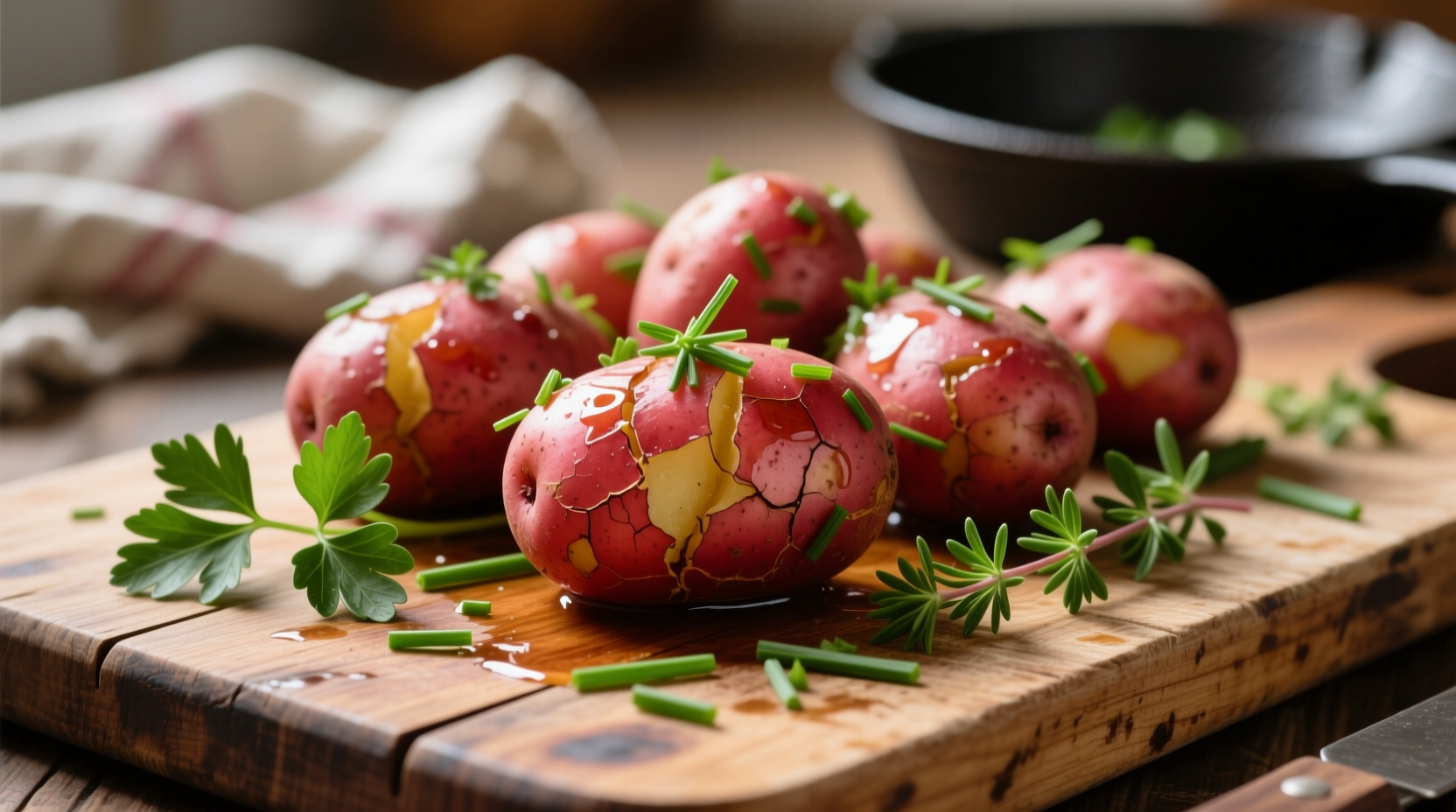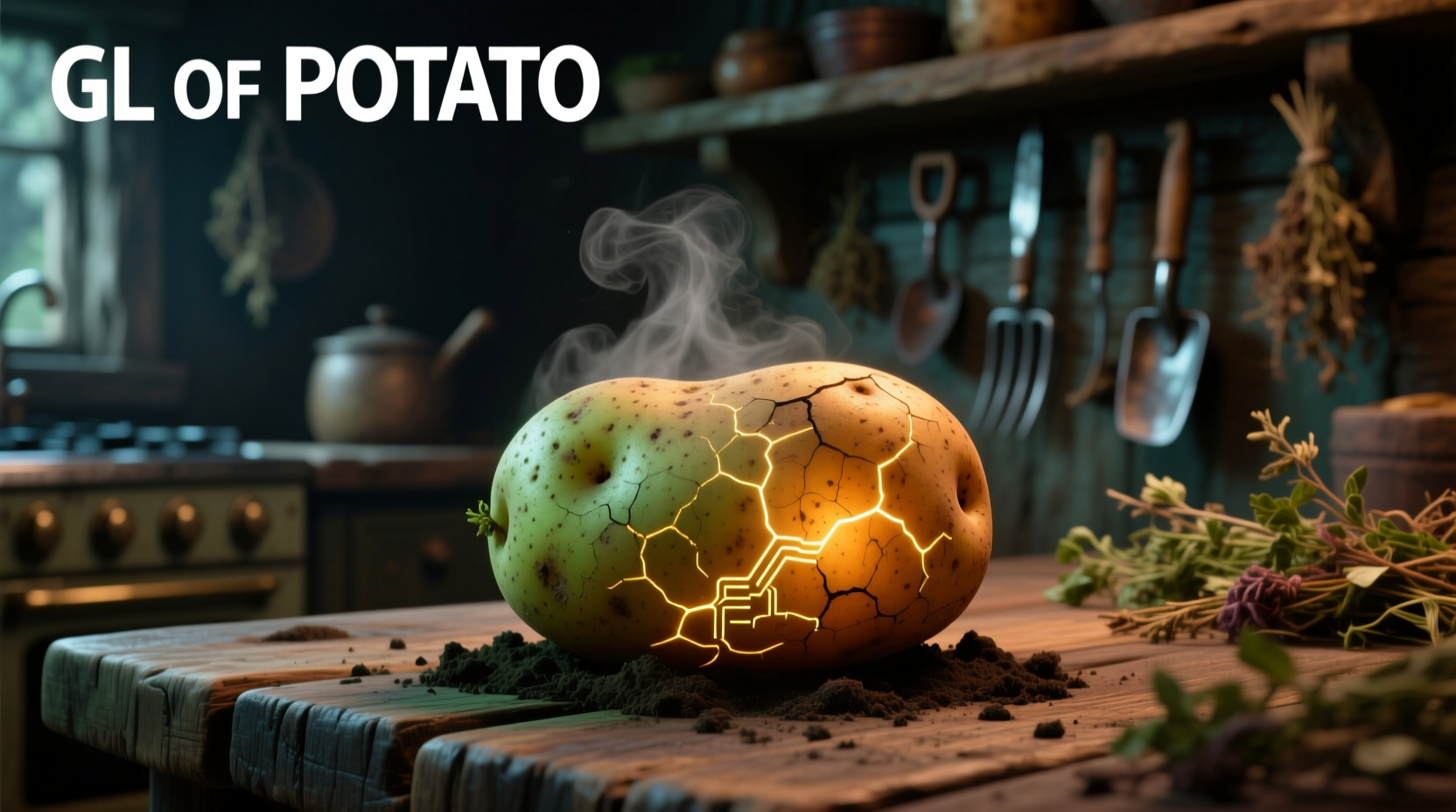The glycemic load (GL) of a medium boiled potato (150g) ranges from 11-16 depending on variety, with baking increasing it to 17-26. Cooling cooked potatoes reduces GL by 20-25% due to resistant starch formation, making them significantly gentler on blood sugar levels.
Understanding how potatoes affect your blood sugar is crucial for managing energy levels and metabolic health. Whether you're monitoring diabetes, optimizing athletic performance, or simply making smarter food choices, knowing the precise glycemic impact of different potato preparations puts you in control of your nutritional outcomes.
What Glycemic Load Really Means for Your Plate
Glycemic load measures how much a specific serving of food raises blood glucose levels, combining both the quality (glycemic index) and quantity of carbohydrates. Unlike glycemic index alone, GL accounts for real-world portion sizes, making it far more practical for daily meal planning. A GL under 10 is considered low, 11-19 medium, and 20+ high.
Potato Varieties Compared: Your Blood Sugar Impact Guide
Not all potatoes affect blood sugar equally. The variety you choose significantly influences your metabolic response. Here's how common types compare based on research from Harvard T.H. Chan School of Public Health:
| Potato Type | Preparation Method | Portion Size | Glycemic Load |
|---|---|---|---|
| Russet | Boiled, cooled | 150g (medium) | 11 |
| Russet | Baked | 150g (medium) | 26 |
| Sweet Potato | Boiled | 150g (medium) | 14 |
| Sweet Potato | Baked | 150g (medium) | 18 |
| Red Potato | Boiled, cooled | 150g (medium) | 9 |
| Yukon Gold | Boiled | 150g (medium) | 16 |
Source: Harvard T.H. Chan School of Public Health
How Cooking Transforms Potato Glycemic Impact
The way you prepare potatoes dramatically alters their blood sugar effects. Research published in the Journal of Nutrition and Metabolism reveals a clear progression:
- Raw potatoes contain resistant starch (low GL) but are indigestible
- Boiling makes starch accessible, increasing GL to medium range
- Baking/Roasting further breaks down starch structure, creating highest GL
- Cooling after cooking allows starch retrogradation, reducing GL by 20-25%
- Reheating cooled potatoes maintains most of the resistant starch benefits
This transformation explains why potato salad often has less blood sugar impact than hot mashed potatoes, despite identical ingredients.

Strategic Pairing: Making Potatoes Work for Your Metabolism
You don't need to eliminate potatoes from your diet—strategic preparation makes them compatible with blood sugar management. The American Diabetes Association recommends these evidence-based approaches:
- Vinegar boost: Adding 2 tablespoons of vinegar to potato dishes reduces GL by 30-35% through acid-starch interactions
- Fat pairing: Combining potatoes with healthy fats like olive oil slows gastric emptying, blunting glucose spikes
- Fiber companions: Serving potatoes with non-starchy vegetables increases overall meal fiber, lowering net GL
- Cooling protocol: Refrigerate cooked potatoes for at least 3 hours before eating to maximize resistant starch formation
Who Should Pay Special Attention to Potato GL?
While everyone benefits from understanding food's metabolic impact, certain groups gain particular advantages from strategic potato consumption:
- Individuals with insulin resistance: Should prioritize cooled potato preparations and strict portion control (max 100g)
- Athletes in training: Can leverage higher GL baked potatoes for rapid glycogen replenishment post-workout
- Weight management seekers: Benefit from cooled potato salads as satisfying, lower-GL carbohydrate sources
- General health maintenance: Most people can enjoy moderate portions of properly prepared potatoes without concern
Research from the USDA Agricultural Research Service confirms that red and purple potato varieties contain anthocyanins that may improve insulin sensitivity, adding another dimension to their metabolic profile beyond simple GL values.
Smart Potato Swaps for Different Dietary Goals
Understanding how potatoes compare to other carbohydrate sources helps you make informed choices aligned with your health objectives:
- For blood sugar control: Choose cooled red potatoes (GL 9) over white rice (GL 18 for 150g)
- For sustained energy: Pair cooled Yukon Golds with protein instead of high-GL bagels (GL 25)
- For post-workout recovery: Baked Russets provide faster glycogen replenishment than quinoa (GL 13)
- For weight management: Sweet potato mash offers more fiber and nutrients per GL point than pasta
Practical Implementation: Your 4-Step Potato Protocol
Transform your potato experience with this simple, research-backed approach:
- Cook smart: Boil rather than bake when blood sugar management is priority
- Cool properly: Refrigerate cooked potatoes for minimum 3 hours before eating
- Combine strategically: Add 15g healthy fat and 5g vinegar to each serving
- Portion mindfully: Stick to 100-150g portions for most health goals
Following these steps can reduce the effective GL of potatoes by up to 40% compared to traditional hot, buttered preparations—without sacrificing satisfaction or flavor.











 浙公网安备
33010002000092号
浙公网安备
33010002000092号 浙B2-20120091-4
浙B2-20120091-4